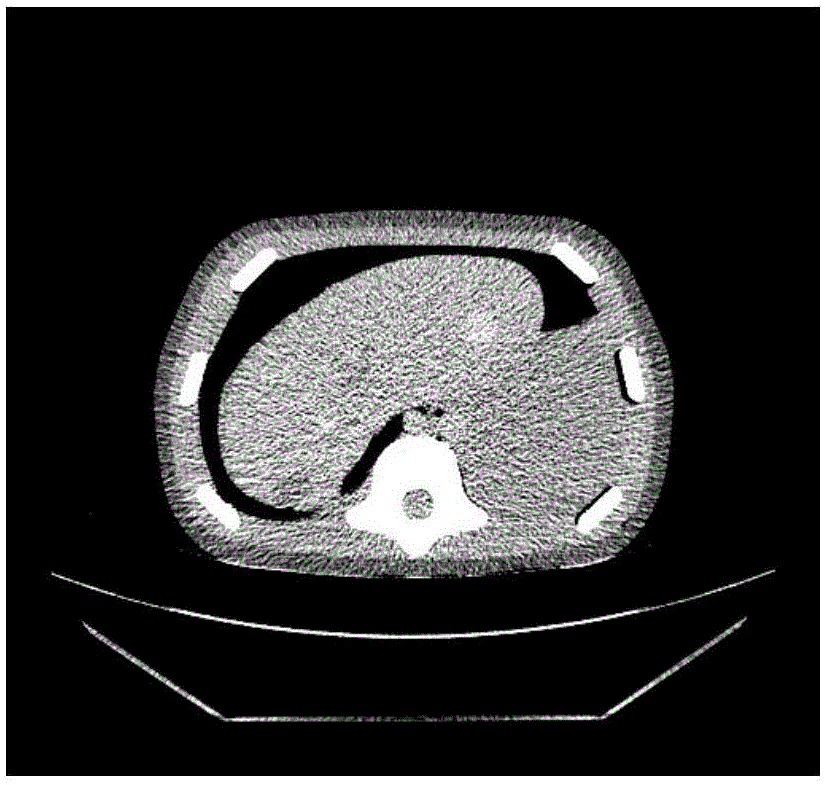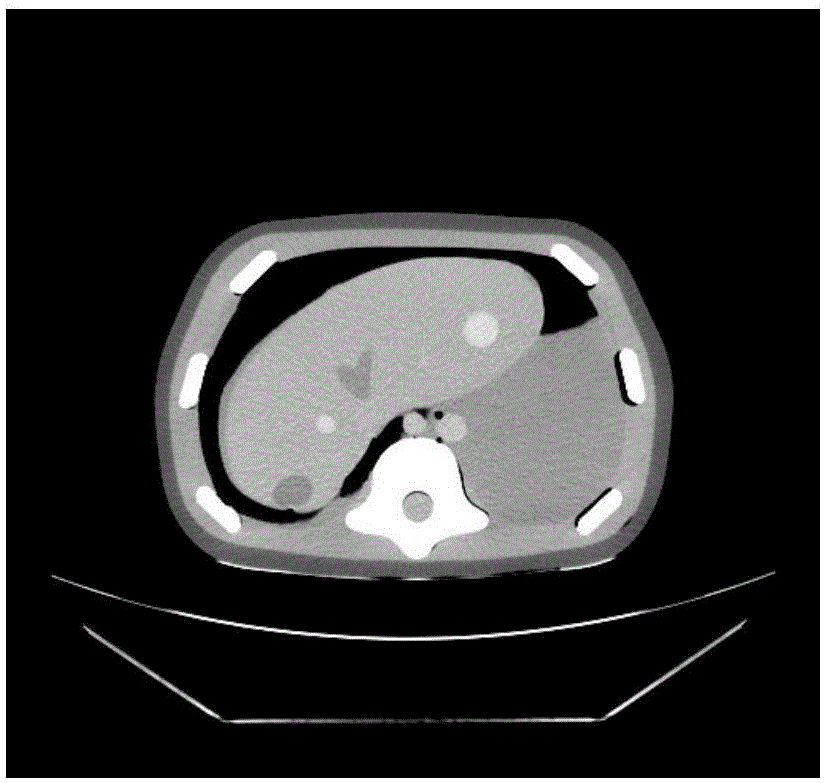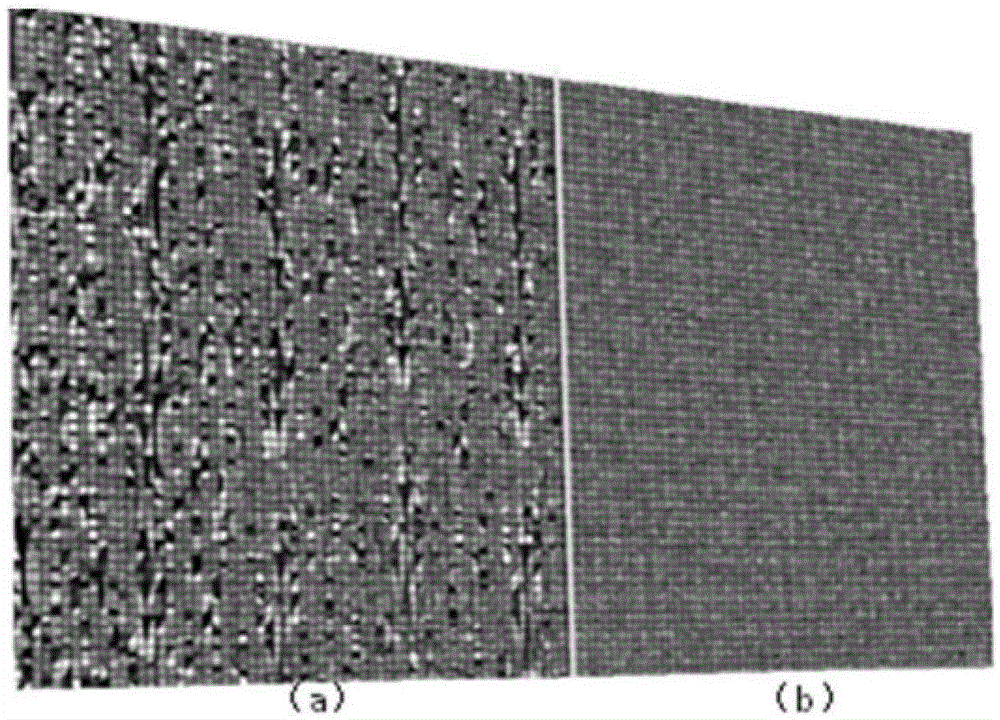Low-dosage CT image decomposition method based on three-dimensional distinctive feature representation
A CT image and feature image technology, applied in the field of computed tomography, can solve the problem of not being able to effectively separate star-streaked artifacts and noise, and achieve the effect of improving use efficiency
- Summary
- Abstract
- Description
- Claims
- Application Information
AI Technical Summary
Problems solved by technology
Method used
Image
Examples
Embodiment Construction
[0031] Below in conjunction with specific embodiment, further illustrate the present invention, should be understood that these embodiments are only used to illustrate the present invention and are not intended to limit the scope of the present invention, after having read the present invention, those skilled in the art will understand various equivalent forms of the present invention All modifications fall within the scope defined by the appended claims of the present application.
[0032] The method for DFRDL low-dose CT image decomposition comprises the following steps:
[0033] Step 1. Scan the phantom to obtain a set of corresponding three-dimensional low-dose phantom CT images and 3D normal dose phantom CT images Sample (this step can be scanned according to the parameters of the low-dose CT image to be processed, and the obtained sample can be used repeatedly in the decomposition of similar low-dose CT images in the future);
[0034] Specifically, using a specific p...
PUM
 Login to View More
Login to View More Abstract
Description
Claims
Application Information
 Login to View More
Login to View More - R&D
- Intellectual Property
- Life Sciences
- Materials
- Tech Scout
- Unparalleled Data Quality
- Higher Quality Content
- 60% Fewer Hallucinations
Browse by: Latest US Patents, China's latest patents, Technical Efficacy Thesaurus, Application Domain, Technology Topic, Popular Technical Reports.
© 2025 PatSnap. All rights reserved.Legal|Privacy policy|Modern Slavery Act Transparency Statement|Sitemap|About US| Contact US: help@patsnap.com



